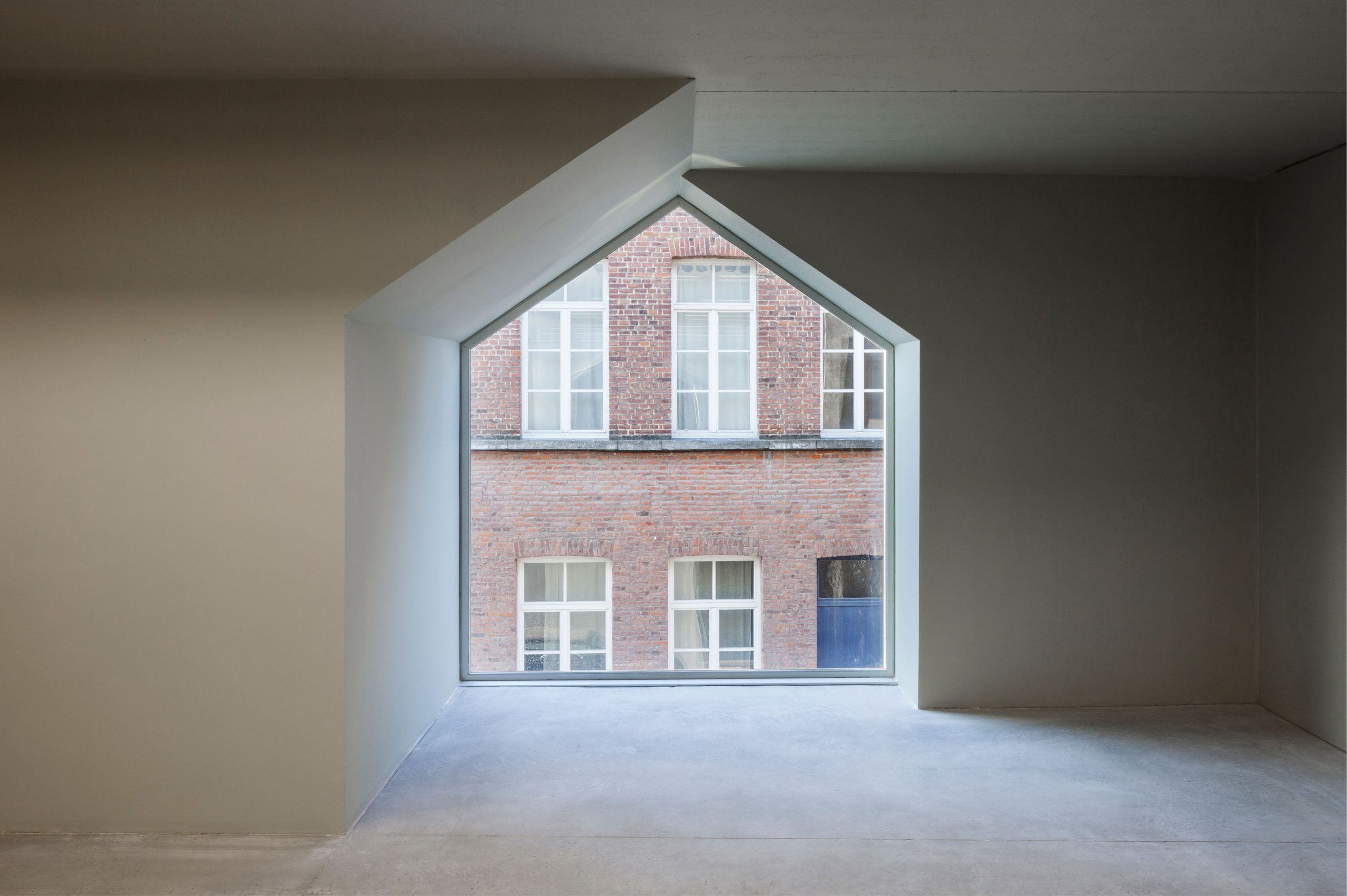In architecture, minimalism and maximalism are often seen as opposites, two different ways of expressing space, light, and intention. But when we look deeper, both philosophies share the same goal: to create meaning through design. The difference lies not in what they build, but in what they choose to reveal.
The Essence of Minimalism
Minimalism is restraint turned into beauty, a conversation between light and shadow. In minimalist architecture, every line has a purpose and every material breathes clarity.
Windows, for instance, become invisible thresholds, merging interior and exterior, architecture and landscape. A minimalist space doesn’t shout; it whispers. It invites awareness.
This is where OTIIMA stands. By reducing the frame to its purest expression, we let the view become the architecture itself.
Read also- Less Is More: The Path of Minimalism in Architecture

PUBLIC SCHOOL M | PIERRE-ALAIN DUPRAZ ARCHITECT | © Thomas Jantscher
The Power of Maximalism
Maximalism, on the other hand, celebrates abundance. It’s about layering materials, colors, and textures to create a sensory experience. In a maximalist approach, every element tells a story of contrast and emotion.
It’s architecture that thrives on expression rather than elimination. Yet, even maximalism depends on balance. Its complexity only works when guided by structure, proportion, and coherence—the very principles minimalism holds sacred.

6th Street House | Laney LA | © Eric Staudenmaier
The Common Ground
When stripped to their foundations, both minimalism and maximalism share a deep respect for intentionality. The minimalist removes everything unnecessary; the maximalist ensures that everything added has meaning.
In this way, they meet under the minimalist principle, a point where purpose, precision, and emotion coexist. Where less and more are not opposites, they come together in the art of space.
Both are valid. Both, at their best, create spaces that last. And both remind us that architecture isn’t about how much we build, but about what we choose to reveal.
